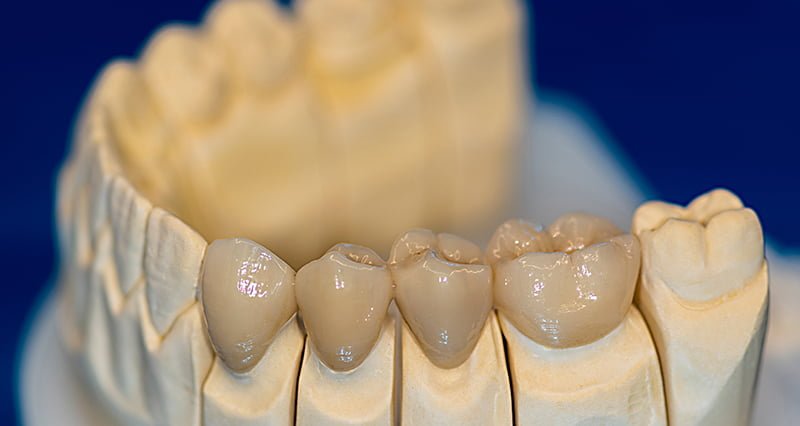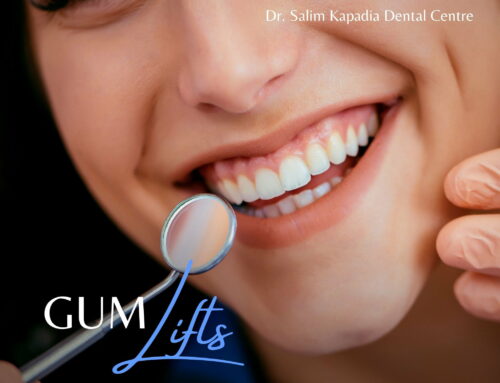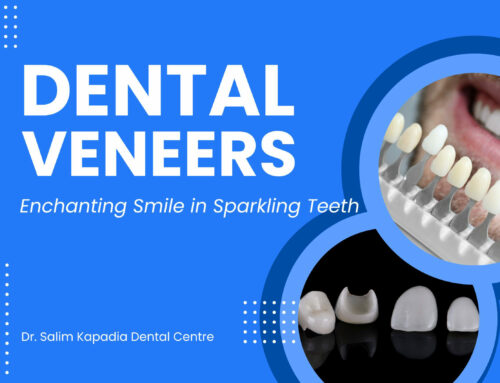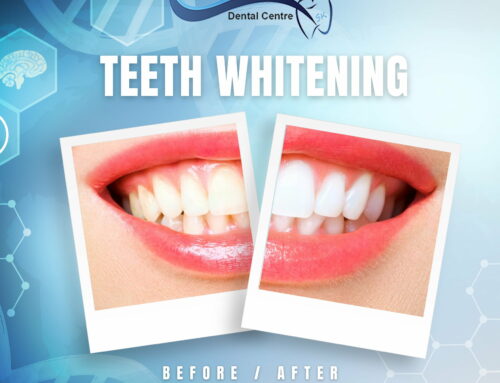
Dental crowns are caps placed on top of damaged teeth. If dental fillings cannot fix a problem, crowns and caps are used to protect, cover, and restore your teeth. Metals, porcelain, resin and ceramics are the most common materials for dental crowns. In general, they do not require special care over the long term, other than maintaining good oral hygiene. Nonetheless, there are myths circulating about crowns that may cause confusion and anxiety among those who need one.
Myth #1: Since dental crowns are artificial, they cannot crack
Despite their durability, teeth crowns are susceptible to damage. Your crowns do function similarly to your natural teeth, so anything that breaks or cracks your teeth can damage your crowns. Your tooth caps can become weak and break if you bite hard objects or open stuff with your teeth.
They can also crack due to accidents and falling. However, unlike natural teeth, crowns can be repaired easily.
Myth #2: Dental Crowns Are Permanent
Teeth crowns are long-lasting, but they are not permanent. A crown can last from seven to 15 years with proper dental care, at which point it needs to be replaced.
We offer several permanent treatments like dental implants that are available to our clients in GTA who are looking for permanent dental solutions.
Myth #3: Dental crowns look unnatural
As opposed to popular belief, dental crowns match the appearance and function of your natural teeth. To match your natural teeth colour, our dental office on Markham Road selects a shade prior to application.
Myth #4: Dental Crowns Are Painful
Rather than the other way around, our dentist applied dental crowns reduce discomfort and pain. Despite trimming and reshaping the enamel, the process is painless because the dentist uses local anaesthesia and numbs the teeth before beginning. To make the process as fast and comfortable as possible, we use modern technology such as laser treatment.
Additionally, unlike most dental procedures, recovery is relatively quick after the procedure.
Myth #5: Fixing Dental Crowns is a Lengthy Process
In general, dental crowns require two dental visits and three weeks for them to be fully installed. On your first visit, the dentist will examine your teeth using modern technology. An x-ray may also be taken to check for decay or cavities.
After numbing the area, the dentist will trim the enamel to fit the new crown. Furthermore, they will take an impression of your teeth for moulding. It will take the dentist two to three weeks to get the crowns back, but during the interim, your teeth will be protected from sensitivity with a temporary crown.
The second appointment takes place after 14 or 21 days and involves fixing the dental crowns. During the dental cap fitting, the dentist will clean your teeth to remove debris and use a special cement to cure the dental cap. If the gums do not tolerate the crowns well, the dentist may recommend a follow-up visit.
Myth #6: Dental Crowns Can’t Discolour
A dental crown closely resembles a natural tooth. In other words, they too can discolour when exposed to staining beverages like coffee and tea. Sadly, when crowns stain and discolour, they can’t be whitened like natural teeth. As a result, it is important to avoid overconsuming these drinks, and when you do consume them, rinse your mouth immediately afterwards.
Myth #7: Dental Crowns Are Available in One Type
There are several types of dental caps available, but porcelain crowns are the most common. There are several types of dental crowns, including metal, ceramic, resin, and porcelain-fused-to-metal. These materials all offer great benefits, so talk to your dentist about which one is right for you.
Today, crowns are used to treat nearly every type of dental imperfection. It is important to have your dental condition assessed and a suitable solution recommended by a dentist before you settle on having them. Dr. Salim Kapadia Dental Centre, located in the heart of Scarborough, provides durable and perfectly fitted crowns at an affordable price. Click here to book an appointment online.





